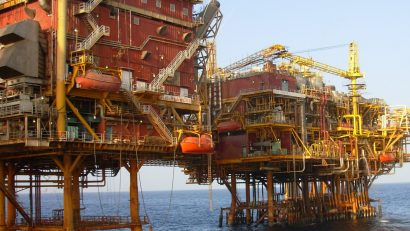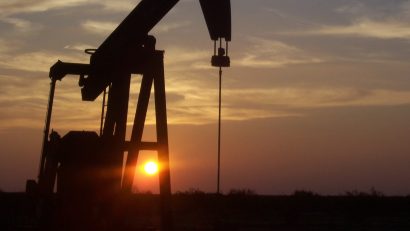The oil and gas industry is one of the largest contributors to Canada’s economy, generating billions of dollars in revenue and providing employment to thousands of skilled workers. However, the industry is not just about producing energy – it has far-reaching effects on various sectors of the economy and the environment. In this article, we will delve deeper into the different aspects of the oil and gas industry in Canada that go beyond energy production.
Extracting Resources and Boosting the Economy
Canada is the world’s fourth-largest oil producer, with the majority of its resources located in Alberta. The industry accounts for approximately 7% of Canada’s GDP, with oil and gas exports being one of the country’s primary sources of foreign exchange earnings. The industry contributes significantly to the federal and provincial government’s revenues through taxes, royalties, and other fees. In 2018, the industry paid over $13 billion in taxes and royalties to the government of Alberta alone, which was used to fund public services such as education, healthcare, and infrastructure development.
Moreover, the industry is also creating employment opportunities across various sectors, not just in oil and gas exploration and production. Infrastructure projects like pipelines, refineries, and storage facilities require a diverse workforce with skills in engineering, construction, and manufacturing. The industry also creates direct employment opportunities in retail, hospitality, and support services sectors in local communities where production is taking place. In 2018, the industry employed over 526,000 Canadians, with the highest concentration of jobs in Alberta and Saskatchewan.
Environmental Effects and Mitigation Strategies
The oil and gas industry has received criticism for its environmental impact, particularly regarding greenhouse gas emissions from oil sands production and pipeline spills. However, the industry has developed strategies and technologies to mitigate these environmental effects. For example, companies investing in the oil sands have made huge investments in research and development of water treatment and recycling technologies that minimize freshwater use and reduce the environmental impact of wastewater. Pipeline companies have invested in advanced leak detection systems and safety technologies to prevent and respond to spills.
In addition to these strategies, the Canadian government has been implementing policies such as carbon pricing and regulations to reduce greenhouse gas emissions from the oil and gas industry. The government’s goal is to reduce Canada’s greenhouse gas emissions by 30% below 2005 levels by 2030 through initiatives such as Energy Efficiency regulations, Methane Regulations, and the Clean Fuel Standard.
Beyond Energy Production
The oil and gas industry has a wide range of indirect effects on various sectors of the economy. The industry uses vast amounts of materials, labor, and technology in its production process, creating demand for goods and services that support other industries such as manufacturing, transportation, and construction. The industry also contributes to innovation and technological advancement by investing in research and development of new technologies that can improve production processes and sustainability.
In conclusion, the oil and gas industry plays a significant role in Canada’s economy, beyond energy production, and has far-reaching effects on various sectors. The industry is a key contributor to employment, government revenues, and technological advancement. However, the industry still faces environmental challenges, and its effects on climate change continue to be a significant concern. Nonetheless, the industry remains a vital component of Canada’s economy, and the focus must be on continuing to innovate and reduce the environmental impact while supporting the overall economic development.



